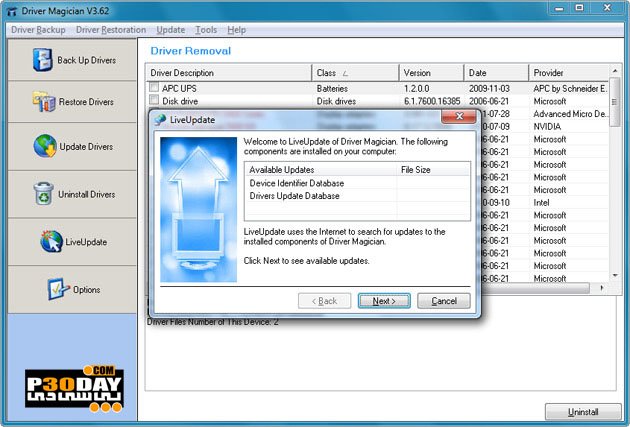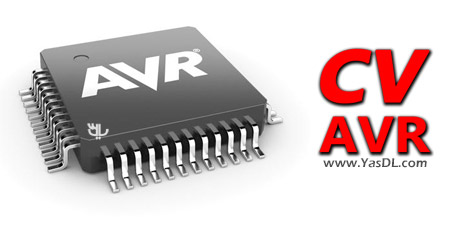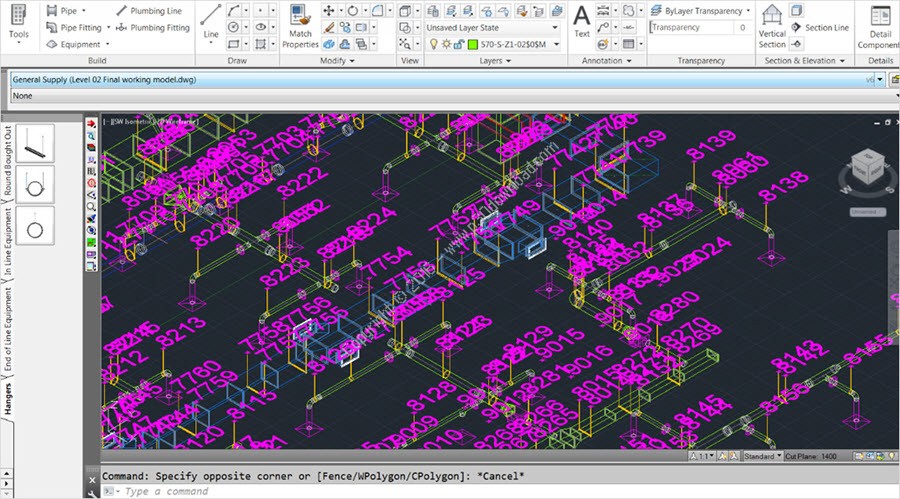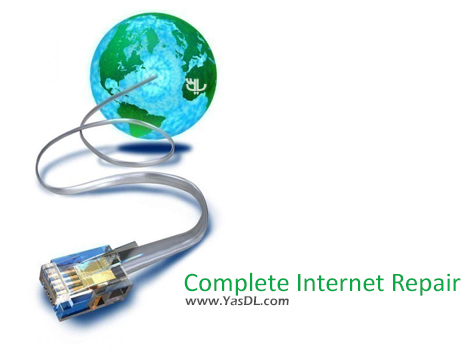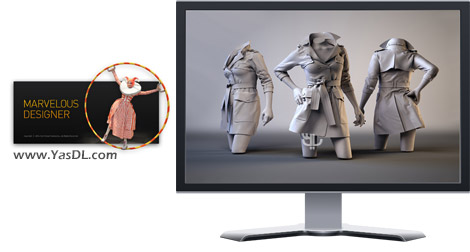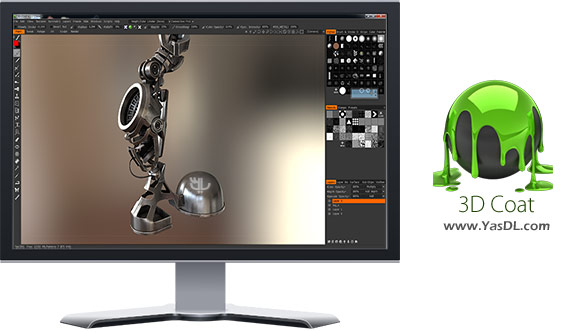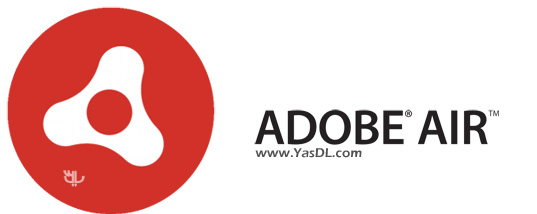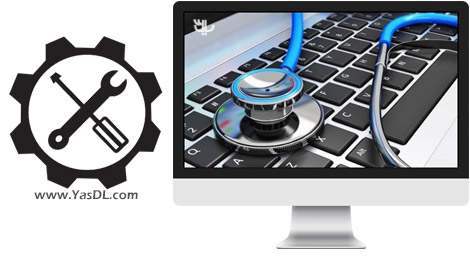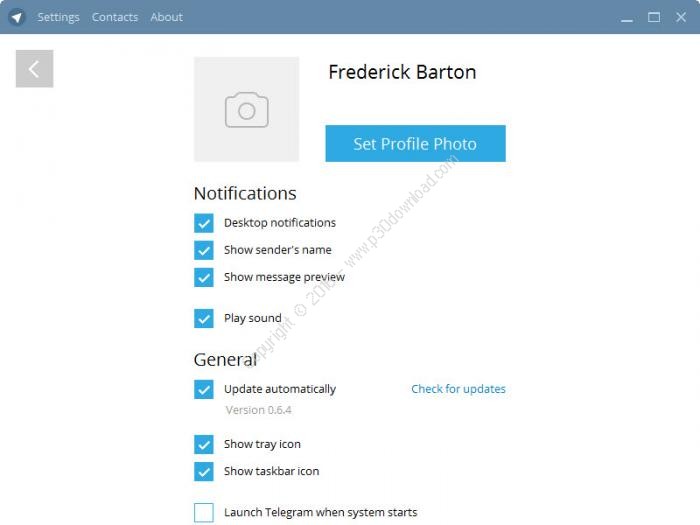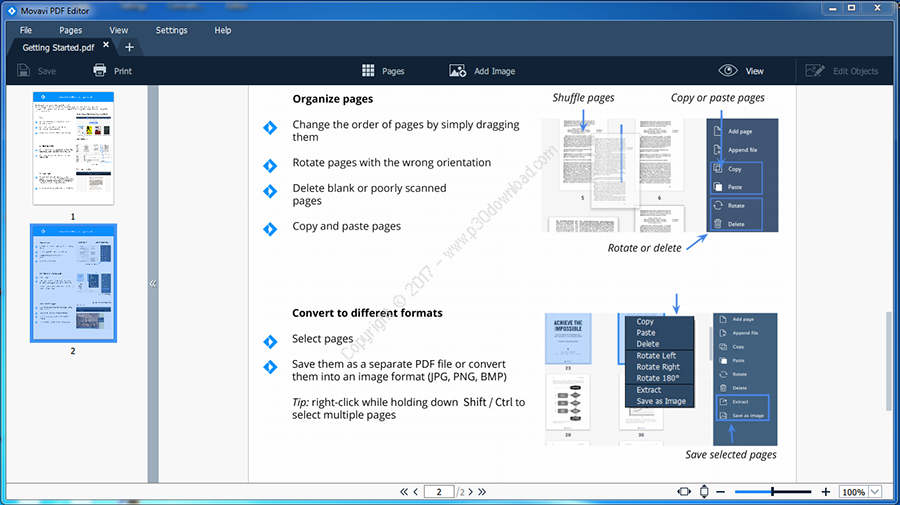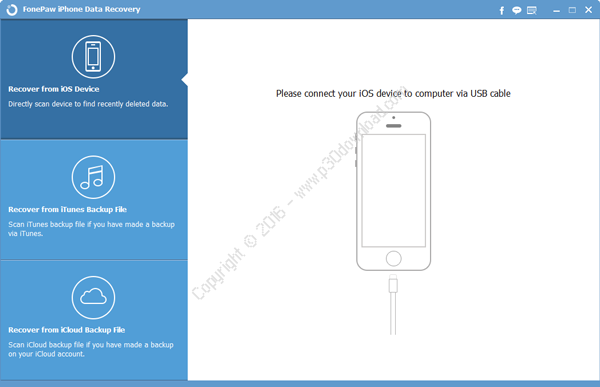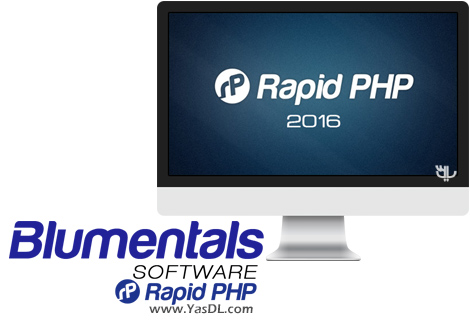Software Description:
Flowcode allows you to quickly and easilydevelop complex electronic and electromechanical systems. Thegraphical programming tool allows those with little experience todevelop systems in minutes.
Flowcode is an advanced integrated development environment (IDE)for electronic and electromechanical system development.Engineers—both professional and academic use Flowcode to developsystems for control and measurement based on microcontrollers or onrugged industrial interfaces using Windows compatible personalcomputers.
Flowcode is perfect for those programming PIC devices includingMicrochip’s 8bit, 16bit and 32 bit range of microcontrollers. It’salso an easy and effective solution for programming Atmel AVR,Arduino and ARM based devices.
Microcontroller flexibility
Flowcode gives you the ability to work with multiple chip variantsin an easy and flexible way. Whether you’re learning and developingsimple designs using 8 bit PIC or Arduino microcontrollers, oryou’re wanting more power and opt for 32 bit PIC or ARM devices,Flowcode is perfect for you. What’s more, Flowcode makescode-porting simple, meaning you can switch target devices withease.
Flowcode saves time
Being an intuitive, graphical programming IDE gives Flowcode usersthe ability to develop complex systems quickly. Engineers useFlowcode as opposed to textual based languages such as C, becauseit allows for fast development, speeding up learning processes formicrocontroller systems development and time to market for productdesign engineers.
Test & Debugging
Built into Flowcode is a data recorder and oscilloscope which makestest and debugging procedures straightforward. What’s more,Flowcode is also compatible with external hardware includingoscilloscopes, power supplies, signal generators and more. Matrix’svery own Ghost Technology on hardware including the EB006 and EB091provides a real time log of the status of all the pins on themicrocontroller whilst a Flowcode program is running on thedevice.
Non-programmer friendly
Those with little or no programming experience can use Flowcodewithout barriers. The latest version includes a range of templatesfor popular development boards including a number of Microchipdevices. In a matter if minutes, beginners can start to developelectronics systems using the graphical IDE. For mechanical andother types of engineers, Flowcode is perfect for teaching andlearning key microcontroller system principles.
Advanced simulation
Flowcode’s compatibility with 3D CAD packages including DesignSparkMechanical and Solidworks means those who are developingelectromechanical designs can now characterise and simulate them inFlowcode. With an advanced 3D engine, users can test designs beforedeploying to microcontrollers or work in simulation mode only.
Graphical Programming
Simple, flowchart icons
The graphical icons which are used to develop your system withinFlowcode are easy-to-use. If you’re a first time developer or havelittle experience of developing electronic systems, Flowcode willmake it easy for you to pick up the fundamentals and run with yourdesigns. For version 7, users can also now customise their projectswith colour coded sections, to make complex projects easier tonavigate.
Fast system development
Programming can be a complex, drawn out process and can often andeasily result in errors. Ensuring your code is accurate and precisetakes skill and time. With Flowcode, your job becomes easier.Program’s that previously took hours to design and perfect can bebrought together in minutes.
Learn and program using code
If you’re more advanced in your understanding of programming, orhave pre-written code you want to embed into your design, Flowcodeallows you to do just that. What’s more, if you’re using graphicalicons, you can view and learn code side-by-side with your design,meaning academic users of Flowcode develop their learning overtime.
Test & Debugging
Ghost Technology
Ghost Technology is an advanced way of testing and debugging yourelectronic system. Using Matrix’s E-blocks hardware (EB006v9 andEB091, PIC and dsPIC multi-programmer boards), you can monitorevery pin on your microcontroller and monitor and interpret serialdata inputs and outputs. Flowcode includes an in-softwareoscilloscope and data recorder which displays feedback andinformation live from the hardware you’re using aftercompilation
Simulation debugger
For many engineers, a key requirement is to ensure the designs youhave developed will work when you compile to your microcontroller.Flowcode allows you to do all you need in simulation (see page 9)using the simulation debugger which becomes active duringsimulation and is used to monitor both the values of the variablesin your program and the macros which are being called.
Code profiling
Code profiling is a new feature that will be launched for the firsttime in Flowcode 7. This feature shows when icons have been ‘hit’during a simulation run, highlighting sections of code that may bedeemed redundant and other parts which are executed more often andmay need optimising to improve program efficiency.
Simulation
Create simple designs
You can use the Flowcode system panel tools to create your ownsimple 3D models within the software itself. Test the accuracy ofyour program by creating a simple actuator or valve, or add simpleshapes to your existing designs and use the built in API to controlthese creations during simulation.
Import your designs from CAD packages
Flowcode integration with third party drawing packages throughsupport for various file formats means that you can easily importyour 3D drawings and designs into Flowcode and characterise andbring their electromechanical elements to life with the advancedsimulation capabilities.
Multi-view system panel
View your designs from different angles whilst simulation is takingplace within the system panel. Split-screen capabilities means youcan ensure you’re happy with your electronic design. What’s more,simulation speed means your simulation now works close to real-time- so you can verify your design ‘live’
Component Library
Pre-developed components
A whole suite of electromechanical components exist in our largelibrary of parts; from simple switches and LED’s to more complexcommunications modules. These components are developed and grownwith every release of Flowcode we launch to ensure you have whatyou need to develop your electronic systems.
Communications components
Communications developments form a large part of modern dayelectronic education and understanding. Communications includingCAN bus, Bluetooth, USB, Ethernet and WIFI are widely studiedacross the globe. All of these components are available within theFlowcode environment.
Supported Devices
E-blocks
Use Flowcode to program Matrix’s electronic modules; the perfectplatform for learners, engineers and electronic system developersto quickly prototype your designs on a rugged platform. A range ofprogramming boards and peripheral downstream boards such as input,output, communications, prototype boards and more make this theultimate development platform.
MIAC
The MIAC range from Matrix gives electronic engineers a ruggedindustrial platform on which to develop their designs. With MIAC’snow available not only with an 8bit PIC MCU but also 16bit PIC,Arduino and Raspberry Pi (not compatible with Flowcode), users havea rugged PLC which is easy to program and perfect for harsh,industrial environments.
Arduino
One of the major benefits of using Flowcode, is that it simplifiesthe programming of Arduino platforms. AVR support means you can domore with your Arduino than you ever dreamed – you can evenintegrate it into our E-blocks modules with our E-blocks ArduinoShields.
8Bit PIC
Flowcode provides support for the entire performance range of 8-bitmicrocontrollers from Microchip, with easy-to-use developmenttools, complete technical documentation and post design-in supportthrough a global sales and distribution network.
Installer Size: 231 MB
Download Links : Flowcode v6.1.3.2 + Crack
